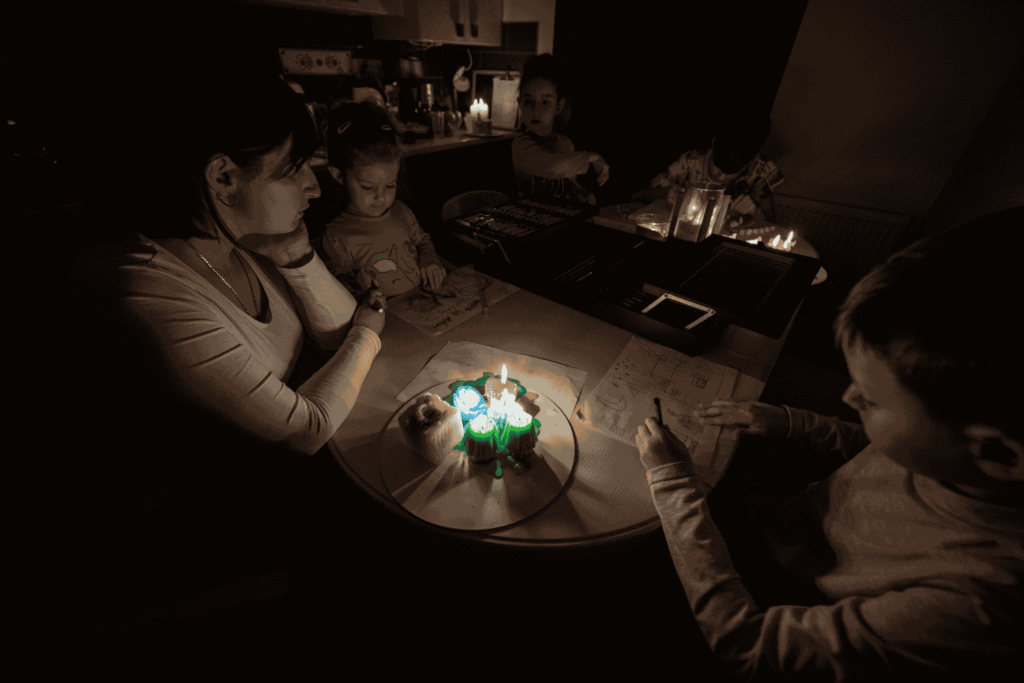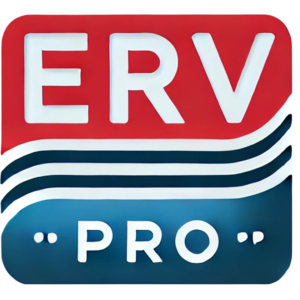If you’ve ever lived through a summer in NYC, you know the deal: one heatwave and suddenly, the power grid is on the verge of collapse. Between office buildings blasting AC, packed high-rises running appliances 24/7, and an aging electrical grid, blackouts and brownouts are practically a summer tradition.
But what if your building didn’t have to suffer every time the power flickered? What if your HVAC system could keep air fresh while using less energy? That’s exactly where an Energy Recovery Ventilator (ERV) comes in.
ERVs aren’t just about fresh air, they’re about keeping your building resilient in an energy crisis. Here’s why they should be part of every NYC property owner’s strategy for dealing with rising energy costs and unpredictable grid failures.

What Happens to Your Building When the Grid Struggles?
When NYC’s power grid is overloaded, Con Edison sometimes enforces voltage reductions (a.k.a. brownouts) to prevent total blackouts. If your building is sucking up power inefficiently, that means:
- HVAC systems work harder to compensate, driving up energy bills.
- Poor ventilation leads to stale air and overheating, especially in large buildings.
- Emergency generators (if you have them) get overloaded fast.
And when a full blackout hits? If you don’t have a backup power source, you’re looking at:
- Stifling indoor air (bad for residents and equipment).
- Increased health risks (especially for senior living facilities and hospitals).
- Tenant complaints and potential lease violations if ventilation systems fail.
How ERVs Keep Your Building Energy-Efficient and Resilient
An ERV doesn’t generate power, but it reduces your dependence on the grid by making your HVAC system work smarter, not harder. Here’s how:
1. Uses Less Energy While Keeping Fresh Air Flowing
Typical ventilation systems dump conditioned air outside and bring in new, unconditioned air—forcing your HVAC to work overtime. An ERV recycles energy from outgoing air, reducing the workload on your HVAC system.
Translation? Your building needs less power to stay comfortable, which means lower energy bills and less strain during peak hours.
2. Helps Prevent HVAC Overload During Brownouts
When power is limited, HVAC systems can struggle to function properly. An ERV lightens the load by maintaining air circulation without requiring as much heating or cooling. That means your system won’t be constantly fighting against NYC’s unpredictable power dips.
3. Keeps Air Quality High—Even When the AC is Off
In a blackout, most ventilation systems shut down, trapping stale, humid air inside. That’s bad news for commercial buildings, hospitals, and high-rise apartments.
An ERV helps by:
- Maintaining airflow with minimal energy (some models even work with battery backups).
- Reducing indoor humidity, which prevents mold and overheating.
- Making it easier for emergency generators to handle essential loads.
NYC’s Energy Crisis Isn’t Going Away—Is Your Building Ready?
Between rising electricity costs and the city’s push for Local Law 97 compliance, NYC buildings need to start thinking long-term about energy efficiency. The old-school approach of just cranking up the AC in the summer isn’t sustainable—for the grid, for your budget, or for your tenants.
That’s where ERV Pro comes in. We specialize in high-efficiency ventilation solutions that help NYC buildings cut energy costs, reduce emissions, and stay comfortable—even during power grid chaos.
Want to future-proof your building’s ventilation? Contact ERV Pro today and let’s talk about a smarter way to stay cool.
